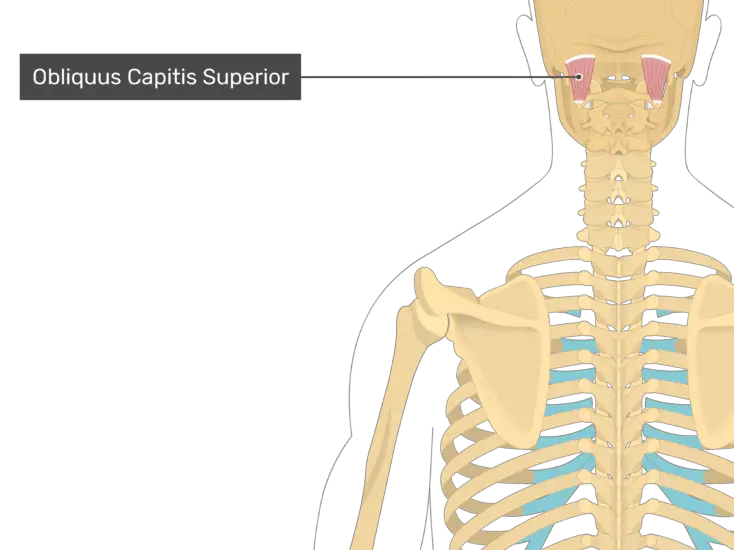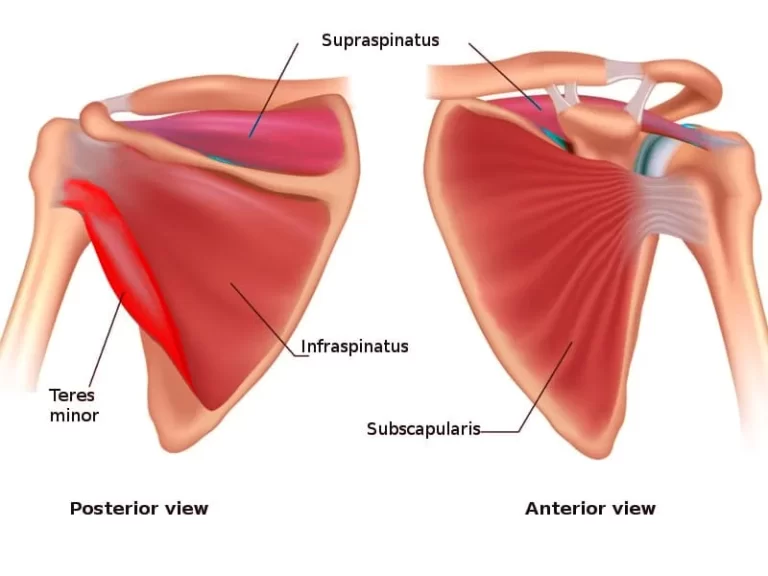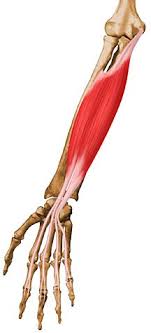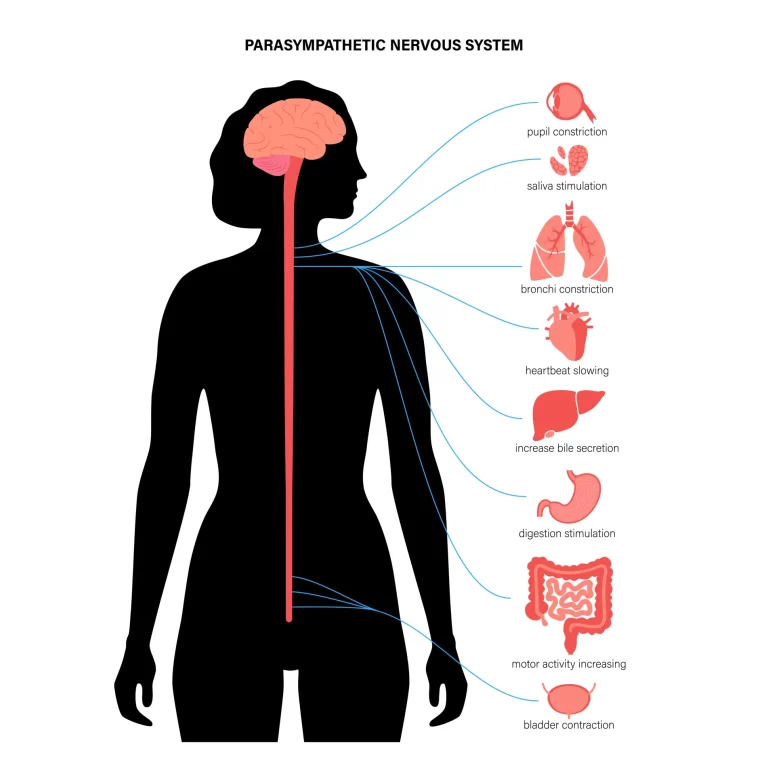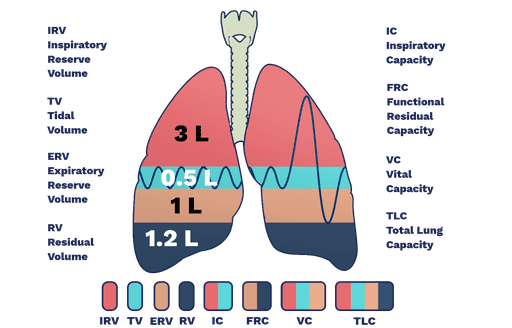Teres Major Muscle
Table of Contents
Teres Major Muscle Anatomy
The teres major muscle is one of the six muscles within the scapulohumeral muscle group. This muscle is commonly confused as a rotator cuff muscle, but it is not because it does not attach to the capsule of the shoulder joint, unlike the teres minor muscle.
Origin:
It originates from the lower lateral border and inferior angle of the scapula.
Insertion:
It inserts on the medial lip of the intertubercular groove(bicipital) of the anterior humerus.
Along with the teres major and latissimus dorsi, the pectoralis major also inserts at the same location, but more laterally, on the lip of the humerus’ intertubercular groove.
Nerve supply:
The lower subscapular nerve(C5, C6, C7) supplies the muscle.
Blood supply:
The teres major muscle is vascularized by the thoracodorsal branch of the subscapular artery and the posterior circumflex humeral artery.
Action:
It acts as a medial rotator and adductor of the shoulder joint.
Strengthening Exercises of Teres Major:
1. Internal Rotation:

- Lie on a firm, flat surface on the side of your affected arm.
- Place a pillow or folded cloth under your head to keep your spine straight.
- Hold your injured arm against your side as shown, with your elbow bent at a 90° angle.
- Keep your elbow bent against your body and slowly rotate your arm at the shoulder, raising the weight to a vertical position.
- Slowly lower the weight to the starting position.
Stretching Exercise:
1. Standing Stretch:

- Stand with feet shoulder-width apart, chest up, and head back over your shoulders.
- Raise the right arm over your head and grab your right elbow with the left hand.
- Pull your right elbow over to the left gently and bend your trunk to the left until a comfortable stretch is felt.
- Hold this position for 30 – 60 seconds.
- Repeat this on the other side.
Associated Muscles
The four muscles teres minor, subscapularis, supraspinatus, and infraspinatus are the makeup of the rotator cuff. An important function of the rotator cuff muscles is to stabilize the glenohumeral joint. The teres major is not regarded as a rotator cuff muscle, despite the fact that it also aids in glenohumeral joint stability.
Anatomical Variations of Teres Major
Although they are uncommon, teres major anatomical variations have been documented, particularly at the insertion location. Where the tendon merges with the tendon of latissimus dorsi, the teres major inserts on the medial lip of the humerus’ intertubercular groove. The literature has shown differences in the proximal and distal tendons’ points of fusion.
Since teres major is commonly used in tendon transfer operations for rotator cuff surgery, surgeons need to be aware of these variations.
Embryology
The development of the upper limb typically starts in weeks four and five. In particular, the first appearance of the limb bud occurs in week four, and the anterior and posterior condensations are formed during week five as well. Shoulder muscles, such as the teres major and minor, originate from the latter. By eight weeks, all of the upper extremity muscle groups are fully developed.
The teres major originates from the paraxial mesoderm and is a component of the upper limb. Thus, the myotome is created. The primaxial myotome eventually gives rise to the teres major, one of the subpopulations of the myotome that can be further separated.
Clinical Importance
Teres major trigger points
The teres major is relatively prone to the development of trigger points. These are local, permanent hypertensive areas with rigidification (myofascial pain syndrome).
Common causes are poor stretching before physical activities, trauma (e.g. fall on the shoulder), and microtrauma through chronic inappropriate straining. Symptoms include local pain, which may radiate to the lateral shoulder during palpation, and difficulties in abducting and elevating the arm.
Teres Major Tears
Acute or chronic tears of the teres major are uncommon. Patients frequently complain of acute, sudden-onset discomfort in the axilla, shoulder, and proximal upper extremity. Physical exercise and any activity that involves placing the hand posterior to the back make the pain worse. The inferior posterior axilla frequently exhibits ecchymosis and oedema. During a physical examination, the teres major area may be tender to the touch. As a result of their injury, the patient may also exhibit weakness in the humerus’s internal rotation, adduction, and extension.
Teres major strain
Although they are uncommon, teres major strains can happen from trauma or athletic activity. One risk factor for a teres major strain is not warming up before activity. This pathology has also been linked to falls onto the lateral edge of the scapula and motor vehicle accidents.
A jump sign, which is defined as an involuntary muscular withdrawal accompanied by passive internal rotation of the shoulder, may be elicited during a physical examination. Using a particular procedure to see bilateral shoulder girdles, a large field view magnetic resonance imaging scan may be used to further assess the degree of strain and distinguish it from a tear.
Since most teres major injuries only result in minimal handicap, they may not be reported or examined, which could lead to an underreporting of their incidence.
Combined Injury
Teres major injuries can occur alone or in combination. Together with the latissimus dorsi, the teres major is also impacted by combined tears. Because the tendons of these muscles converge at the lip of the humerus’s intertubercular groove, they are frequently damaged simultaneously. Like isolated tears, these combined tears mostly affect young athletes, particularly those who are overhead athletes like baseball pitchers.
Acute pain in the upper arm and posterior axilla, accompanied by tenderness to the touch along the teres major and latissimus dorsi, are common symptoms of a combined tear. Visual examination frequently reveals ecchymosis and mild asymmetry. Magnetic resonance imaging (MRI) is the most effective imaging method for evaluating the injury. Rest, physical therapy, and oral anti-inflammatory drugs are frequently used as nonoperative treatments for these combined tears. In just a few months, the majority of people can resume their sport.
Quadrangular Space Syndrome
The axillary nerve and posterior humeral circumflex artery are compressed as they pass through the quadrangular gap in this uncommon disease. The teres major’s fibrous bands or hypertrophy may cause compression. It is linked to athletes who play sports that need a lot of external rotation and arm abduction, such as volleyball players, swimmers, and baseball pitchers. Patients frequently arrive with subtle symptoms of shoulder pain, weakness, and loss of feeling in the axillary nerve-innervated region. Patients may also experience site-specific point soreness.
Muscle strength, tension, and movement patterns in the upper portion of the body are all out of balance with this illness. Many muscles in the anterior and posterior thorax are involved. Patients exhibit hunching of the thoracic spine, forward head position, long and elongated shoulders, and reduced thoracic vertebral spine movement.
Back and neck pain and inflammation are linked to these postural problems. This is frequently caused by people who are constantly in bad posture, like those who use computers, read, or watch television for extended periods of time. Upper-crossed syndrome can also eventually result in glenohumeral and cervicothoracic joint dysfunction.
Surgical Importance of Teres Major
Part of the quadrangular space’s inferior edge is the teres major. This area contains the posterior humeral circumflex artery and the axillary nerve. This space’s teres minor is its upper border. Surgical intervention is frequently necessary for tears to the teres minor. Because of this, it is crucial that surgeons working in this field understand anatomical features in order to prevent iatrogenic vascular or neurological damage.
Although it is not one of the four rotator cuff muscles, teres major is often used in musculotendinous transfer to treat rotator cuff problems. The radial, axillary, and their branches may be at risk during this treatment.
During rotator cuff repair, surgeons must be on the lookout for these structures when transferring the latissimus dorsi and teres major tendons.
Teres isolated Baseball, swimming, water skiing, and tennis are among the sports with overhead activity that can occasionally cause significant tears, although they are uncommon.
The management of these instances is, however, not well documented in the literature. For severe injuries, conservative treatment is frequently the norm, yet in certain circumstances, surgery may be necessary.
References
- Teres Major, Alina Syros, Star Pearls, – https://www.ncbi.nlm.nih.gov/books/NBK580487/
- Anatomy, Teres Major, https://www.physio-pedia.com/Teres_Major


